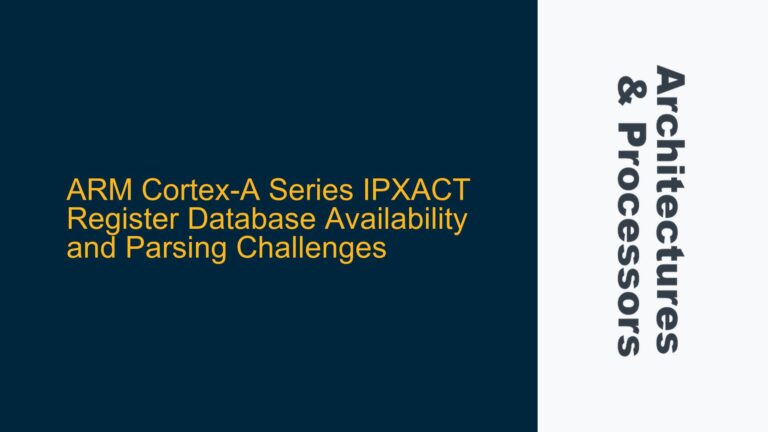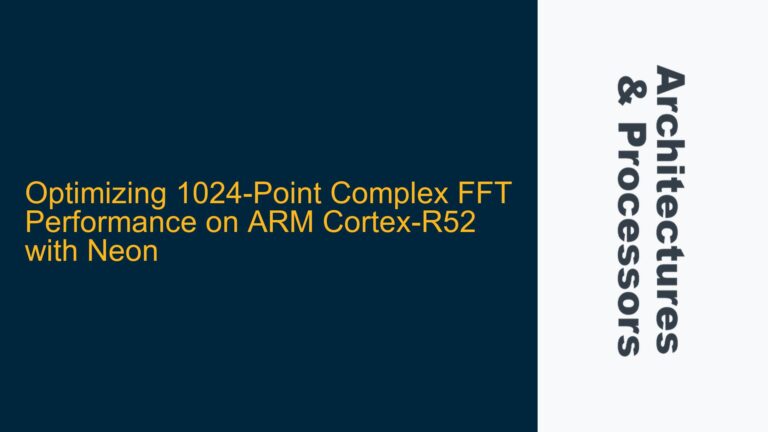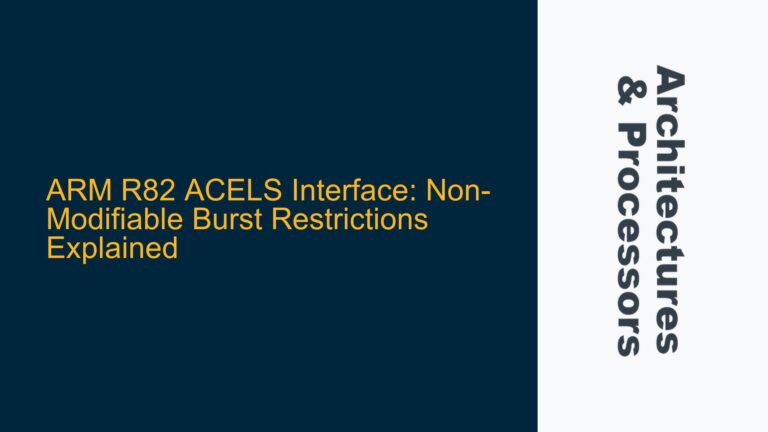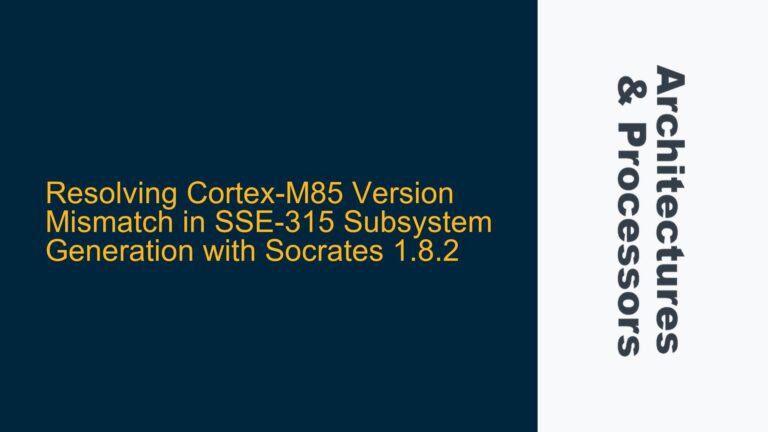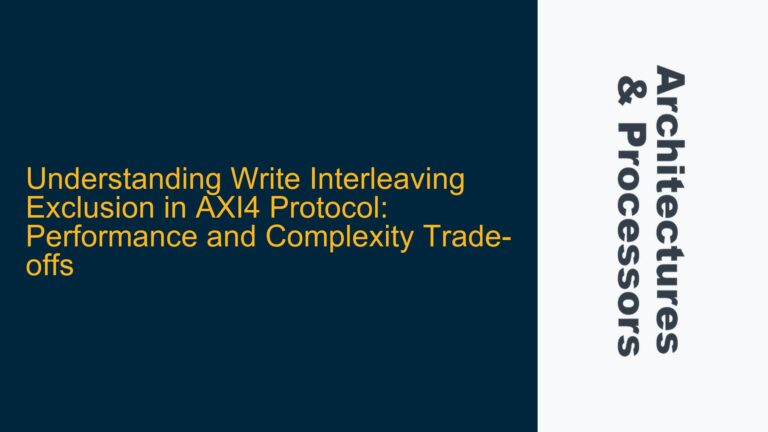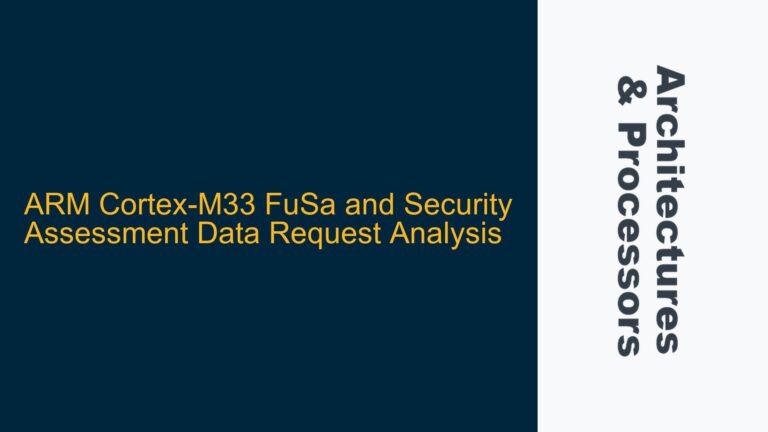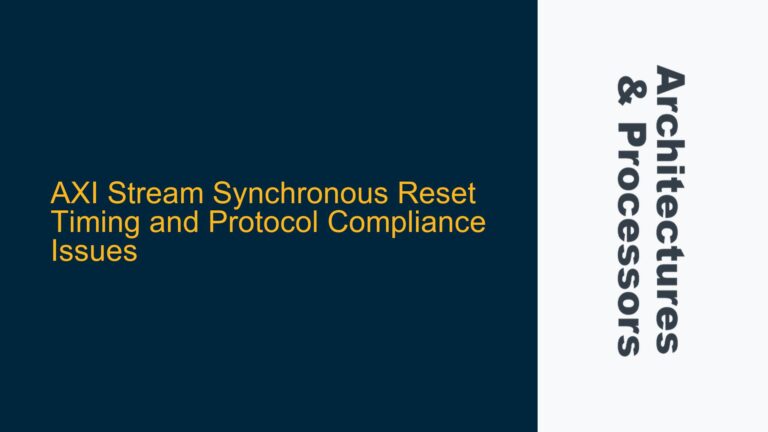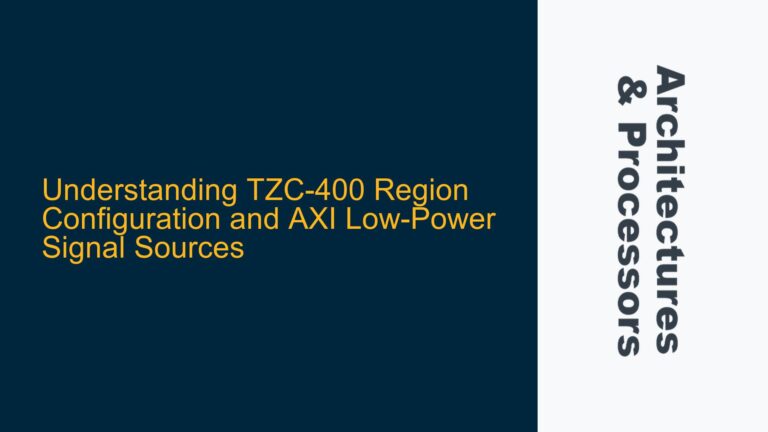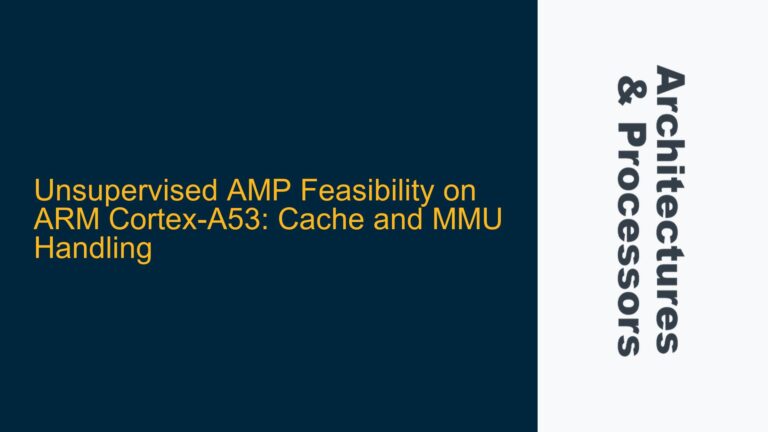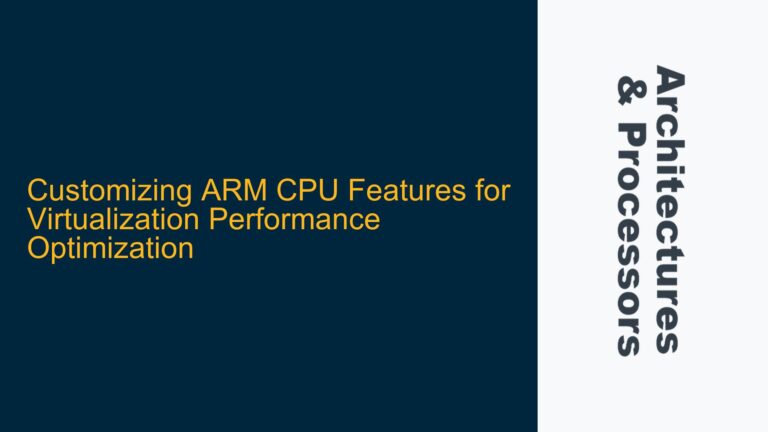ARM Cortex-A Series IPXACT Register Database Availability and Parsing Challenges
ARM Cortex-A Series Register Database Parsing Challenges The ARM Cortex-A series processors, such as the Cortex-A72, Cortex-A78, and Cortex-A53, are widely used in high-performance embedded systems. These processors implement a variety of registers, some of which are common across different microarchitectures, while others are specific to certain revisions of the ARM architecture. For example, the…
